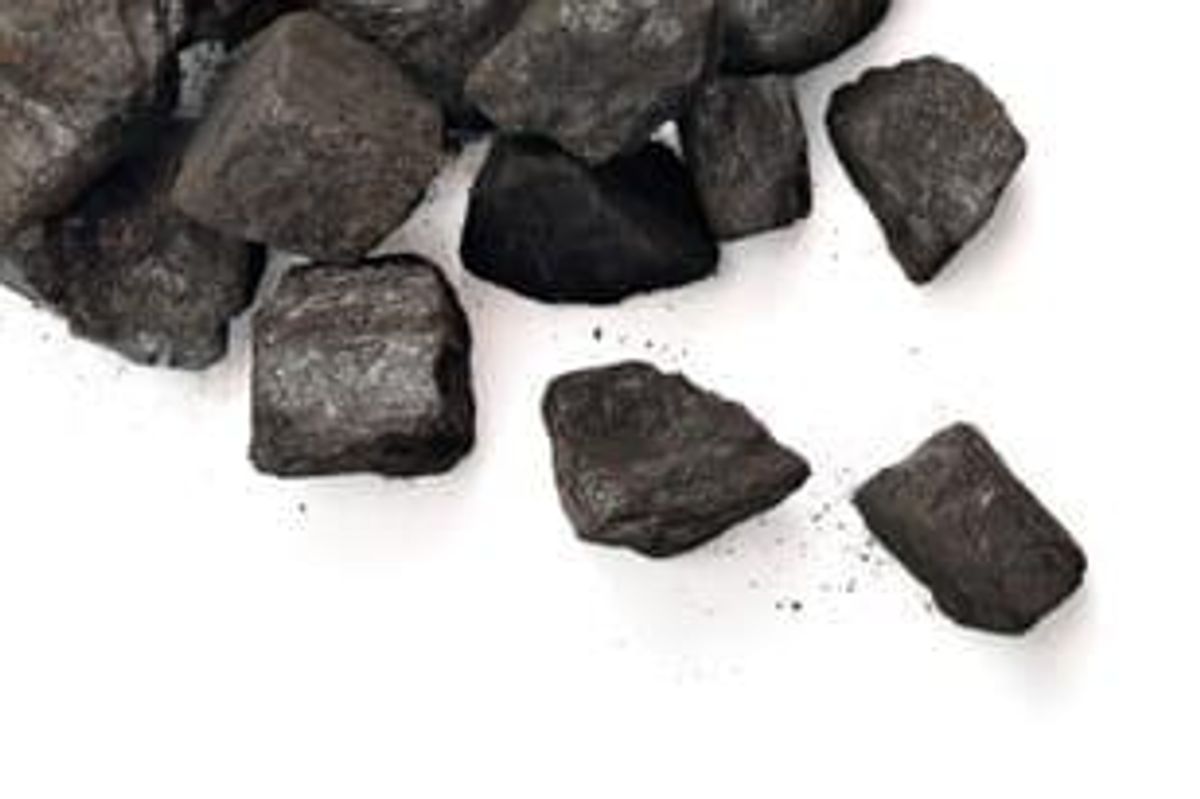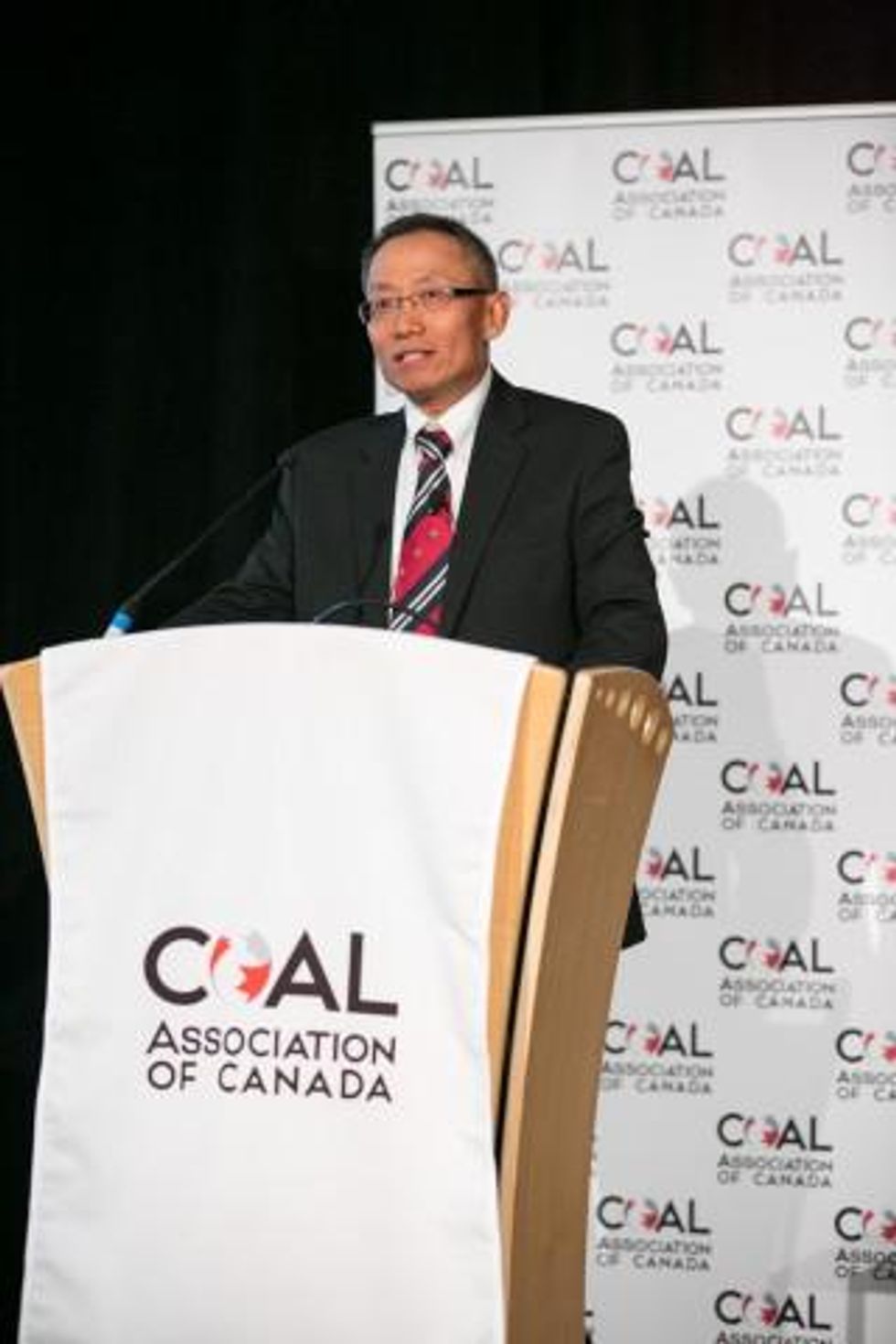The Conversation (0)
Highlights from the 2015 Coal Association of Canada Conference
Sep. 21, 2015 03:50PM PST
Industrial Metals Investing
The coal industry may be down, but it’s certainly not out. That was the overarching theme from the 2015 Coal Association of Canada conference last week.

At the 2015 Coal Association of Canada (CAC) conference, held in Vancouver on September 17 and 18, members of the coal industry met to discuss how those around the world are weathering the storm amid continued weak market conditions.
Speakers at the conference covered a range of subjects, from individual projects and regions, to steel demand, the coal price outlook and the shipping industry. Interestingly, more than one presenter spoke about the importance of clean coal technology, addressing the question of how effective such technology can truly be.
As with many other metals and energy commodities, the coal industry has been having a tough time as of late. However, long-term optimism persists for some analysts within the sector.
While it was made apparent at the conference that coal investors will need to wait a little longer for a true recovery in pricing, it’s worth noting that the stated theme for the conference was “preparing patiently for the upturn.”
Here are a few highlights from some of the presentations given:
- In his talk about how shipowners are surviving the current resource industry downturn, John Kearsey, head of consultancy and research at Simon Spence Young, spoke about the Panama Canal expansion and how it will affect Canadian coal producers. While he admitted the expansion will “help the case for Canadian coal into Europe” he was also cautious, noting that coal traffic through the canal only amounts to 10 to 15 million tonnes per year.
- Neil Bristow, principal and managing consultant at H&W Worldwide Consulting in Australia, went over the outlook for the global steel industry and how changes may affect metallurgical coal demand. Although he expects an eventual recovery for steel, he doesn’t see one happening anytime soon. He noted that coal imports were stronger in India for the year, but not close to making up for reductions from China, Japan and South Korea. “We could well see the rest of this year looking pretty bleak,” he said. “And that may well move into 2016.”
- Joe Aldina of Wood Mackenzie gave a thorough overview of the thermal and metallurgical coal markets. Looking at met coal, he stated that a falling oil price has allowed miners to cut costs further, keeping the market oversupplied for longer, while the collapse in the Russian rouble has brought more Russian supply onto the market. That might not sound like good news, but Aldina also suggested it will be difficult for mining companies to cut costs further.
- On the thermal coal side of things, Aldina stated that profit margins have been falling despite lower costs for producers — the lower oil price has helped thermal coal producers too. Wood Mackenzie estimates that the seaborne market for thermal coal has contracted on the order of 30 million tonnes.
- Overall, Aldina doesn’t see the coal market coming back into balance before the early 2020s, but stressed that the coal price could rise before then. “Our forecast is not for prices to jump, because we don’t see those catalysts, but we see them incrementally improving,” he said. Wood Mackenzie sees met coal prices rising to the mid-$90 range by the end of 2016, and moving over $100 per tonne in 2017.
- To cap off the conference, Max Wang, CAC chairman and president and CEO of Grande Cache Coal (OTCMKTS:GACHF), admonished attendees to “hold their heads high” as they left the conference. Wang argued that even though coal gets a bad rap, those in the industry should feel proud that they help provide electricity to those who would otherwise go without.
As with last year, several presenters put in their 12-month price predictions for metallurgical coal.
Aldina sees the met coal price hitting $95 per tonne, while Bristow predicts that met coal will see $105 per tonne in the next year. Gerard McCloskey, panel moderator and senior advisor at Renaissance Capital’s Global Coal Sector, came in with the highest prediction, calling for $125 per tonne for met coal in 2016.
Securities Disclosure: I, Teresa Matich, hold no investment interest in any companies mentioned.